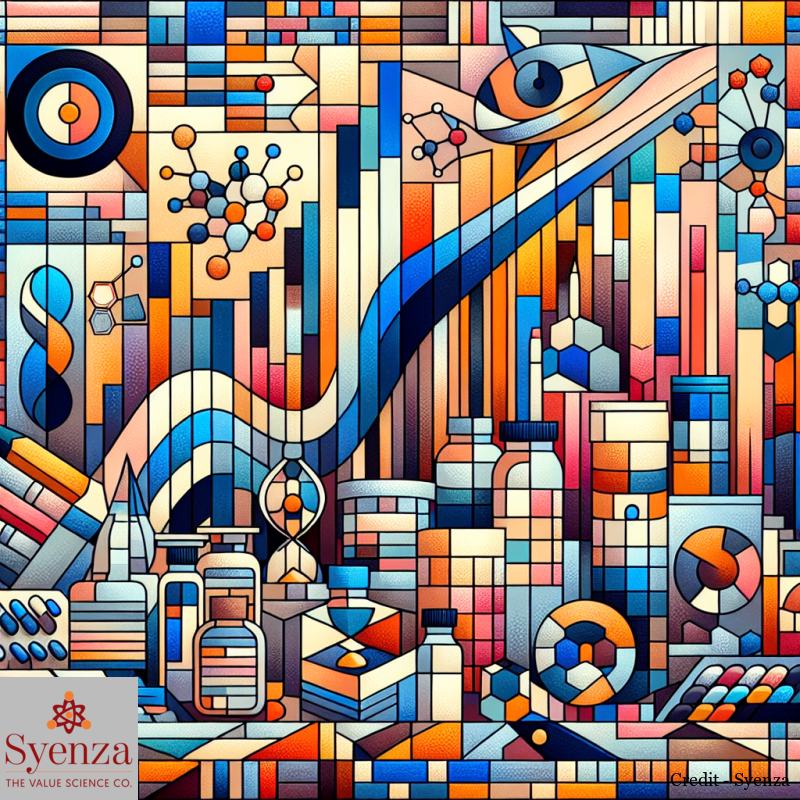
What are the most expensive drugs 2025, and how do they shape patient access, healthcare spending, and industry innovation in the US? As 2026 approaches, the most expensive drugs 2025 are led by advanced gene therapies and rare disease biologics, with several treatments carrying annual price tags exceeding $2 million. This upward trend affects not only payers and policymakers but also patients who face significant access and affordability hurdles.
Discover the key drivers behind record-breaking drug prices, emerging pharmaceutical strategies, and the future of high-cost therapies in this in-depth analysis of most expensive drugs in the US for 2025.
Key Insights: What Sets the Most Expensive Drugs 2025 Apart?
- Gene and Rare Disease Therapies Dominate
- Innovative gene therapies and rare disease biologics top the 2025 list, with drugs like Zynteglo and Zolgensma leading the pack. Unit costs can surpass $2 million, reflecting the shift toward targeted, curative treatments.
- Surge of Ultra-High-Cost Approvals
- FDA approvals for one-time administration and curative therapies are accelerating. Most new entrants to the market have price points higher than previous years and emphasize novel mechanisms of action or life-changing outcomes.
- Coverage and Access in the Spotlight
- Insurers and pharmacy benefit managers face increased pressure to justify reimbursement for the most expensive drugs 2025. Tougher prior authorizations and strict access criteria are becoming the norm for these high-impact medications.
Background: Factors Fueling High Drug Costs
The surge in blockbuster drug prices is closely tied to rapid advances in pharmaceutical research and intensified competition for first-in-class therapies. According to the Institute for Clinical and Economic Review (ICER), gene therapies in particular often launch at multimillion-dollar price points. For instance, Hemgenix, approved for hemophilia B, debuted above $3 million, largely due to its lifetime disease management savings.
Also, a handful of manufacturers possess the specialized resources needed for developing these complex drugs, limiting competition and reinforcing pricing power. Despite increasing scrutiny from US payers and regulatory bodies, industry analysts and Congressional Budget Office research indicate that robust price controls for new gene therapies are not expected to take hold soon.
Impact on Health Economics and Outcomes Research (HEOR)
How do the most expensive drugs 2025 influence health economics and value measurements for US healthcare decision-makers?
- Evolving Value Frameworks
Existing cost-effectiveness models are being re-examined as one-time, high-cost therapies challenge traditional metrics. Long-term clinical benefit, durability, and system-level savings now drive evaluation. - Emphasis on Real-World Data
Insurers demand more robust, post-market evidence to confirm efficacy and justify spending for high-cost or rare disease drugs. - Payer Strategy Shifts
The dramatic rise in drug costs fuels new payment models, such as outcome-based contracts or amortized payment plans, while also intensifying debates over pricing transparency. - Access Disparities and Policy Response
Tightened coverage policies and increased out-of-pocket costs widen the gap in access to care, particularly among vulnerable populations requiring specialty medications.
Explore additional data on these trends and stakeholder responses in this comprehensive resource on the most expensive drugs in 2025.
Data Table: Sample of Most Expensive Drugs in the US, 2025
| Drug Name | Indication | Manufacturer | List Price (2025) | Administration Type |
|---|---|---|---|---|
| Zynteglo | Beta-thalassemia | bluebird bio | $2.8 million | One-time gene therapy |
| Zolgensma | SMA | Novartis | $2.6 million | One-time gene therapy |
| Hemgenix | Hemophilia B | CSL Behring | $3.5 million | One-time gene therapy |
| Luxturna | Retinal disease | Spark/Pfizer | $850,000 | One-time gene therapy |
| Others… | … | … | … | … |
Learn more about individual drugs and manufacturer strategies in the detailed 2025 ranking.
Frequently Asked Questions (FAQ)
What drives the high price of the most expensive drugs 2025?
Pricing is shaped by advanced R&D costs, limited patient populations, regulatory exclusivity, and the potential for a curative, single-administration effect. Manufacturers also emphasize the economic value of avoided long-term treatment costs.
How are insurers addressing the challenge of ultra-high-cost drugs?
Insurers employ more stringent coverage reviews, negotiate value-based purchasing agreements, and sometimes introduce step therapy or exclude select drugs from certain formularies to control spending.
Can US regulatory changes lower future drug prices?
While legislative attention has risen, experts expect that substantial price reductions for most expensive drugs 2025 are unlikely soon, given current intellectual property protections and high development expenses.
Conclusion & Next Steps
The most expensive drugs 2025 spotlight a pivotal period in US healthcare—one where innovation, pricing strategy, and patient outcomes intersect. For a granular look at pricing trends, in-depth manufacturer profiles, and evolving payer responses, consult the authoritative breakdown of the most expensive drugs in 2025.
